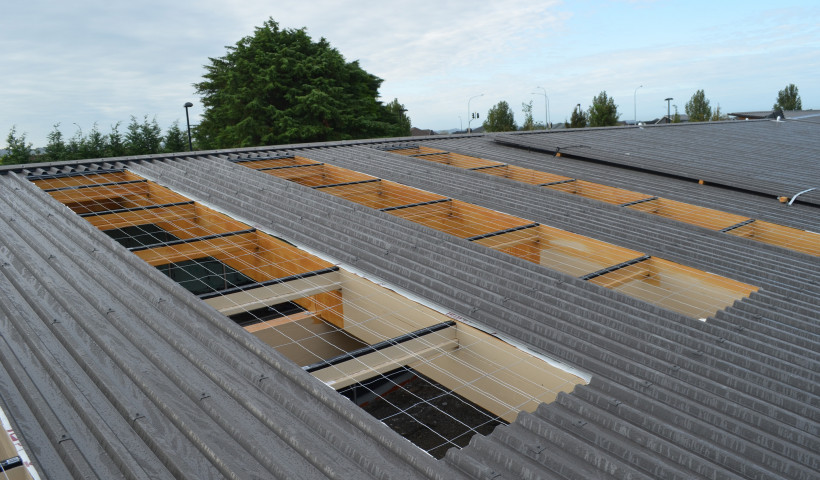
In skillion roofs the space between purlins and insulation is usually limited to 25mm, meaning airflow below the roofing underlay is extremely restricted. This creates a higher risk of condensation, which can ultimately cause damp, mould and structural decay. To mitigate the risk of internal moisture, both BRANZ and the Metal Roofing Manufacturers Association of New Zealand highly recommend ventilating skillion roofs.
Passive ventilation specialist, VENT has developed comprehensive ventilation systems for both mono pitch and pitched skillion roofs. To achieve the required airflow, regardless of the roof cladding material, VENT recommends the following:
- Install a VENT G2500N Over Fascia Vent on top of the metal or timber fascia to achieve continuous and calculated of airflow of 25,000mm² per linear metre.
- Install a BRANZ appraised VENT VB20 Vented Batten on top of the metal or timber purlin to ensure unimpeded airflow through the roof cavity. The adhesive strip on the underside of the vented batten ensures quick and easy temporary fixing to both timber and metal purlins.
- As an optional extra to prevent any birds from nesting in the roof cavity, apply a VENT G1275 Eaves Comb Filler to the top of the Over Fascia Vent, above the roofing underlay.
- To ensure warm, moist air can exit the building envelope, the product application differs slightly for mono pitch vs pitched designs:
- Mono Pitch Roofs: Place a VENT AB20 Apron Vent under the barge detail. This placement allows the warm moist air to follow its natural convection (rather than trying to draw the airflow downwards out of the underside of the barge detail or through the soffit). At the same time, the apron vent will create negative pressure to draw the airflow through the roof cavity, ensuring continuous air movement through the cavity.
- Pitched Roofs: Place a VENT Ridge Vent on the apex of the roof. This placement allows the warm moist air to follow its natural convection, and at the same time creates negative pressure to draw the airflow through the roof cavity, ensuring continuous air movement through the cavity.
Both the VENT RV10 Ridge Vent and AB20 Apron VENT are available in a Deep Trough version to cater for roof cladding profiles with a trough depth >38mm.
The final result is continuous, calculated and unimpeded airflow, preventing the accumulation of moisture.
With a series of tried and tested ventilation systems for both skillion and trussed roofs, VENT is a leader in passive ventilation in New Zealand. Read more about their passive ventilation systems here or take a look at their catalogue here.













 Case Studies
Case Studies








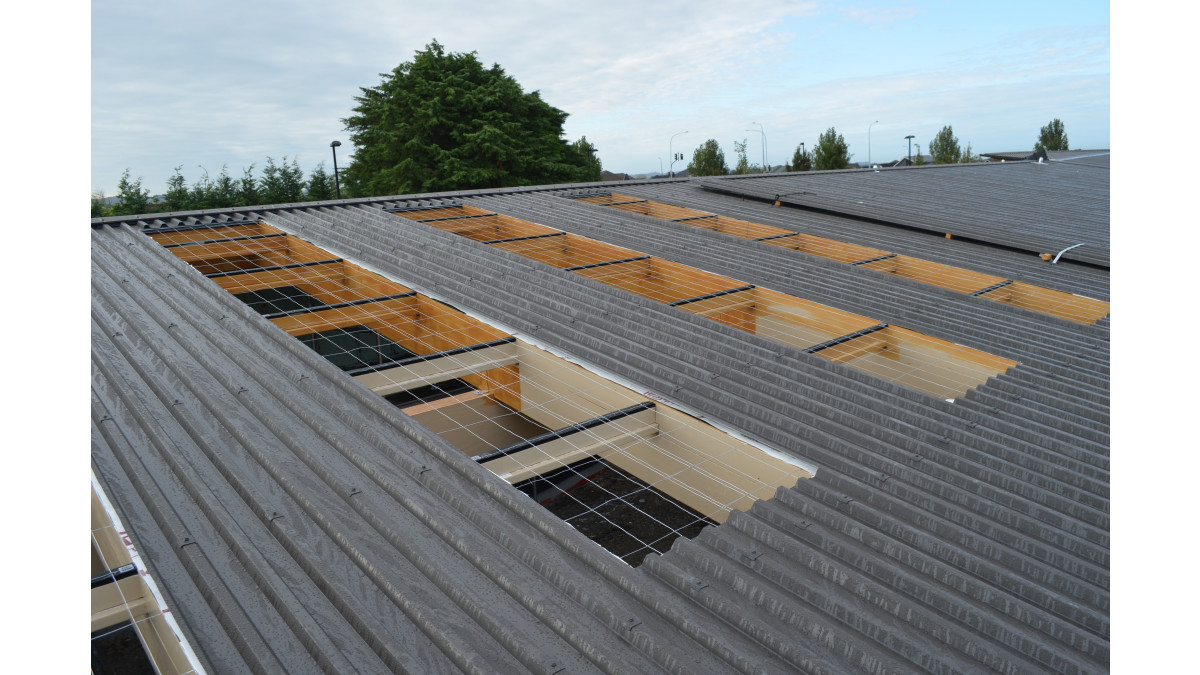
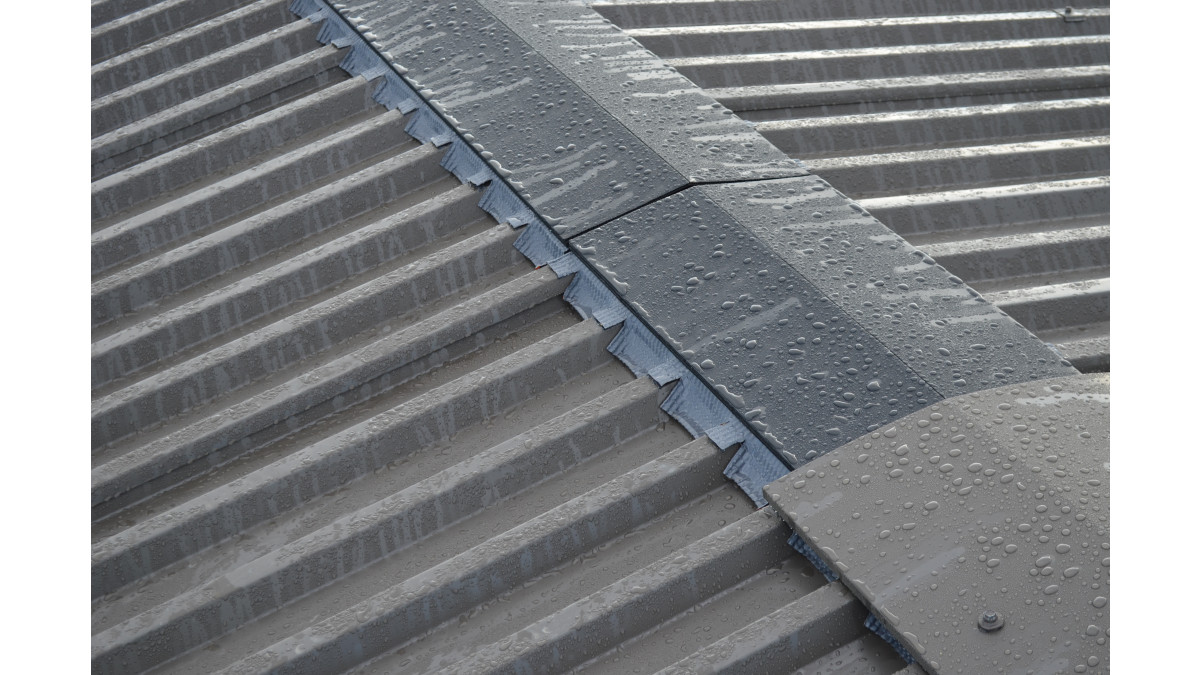
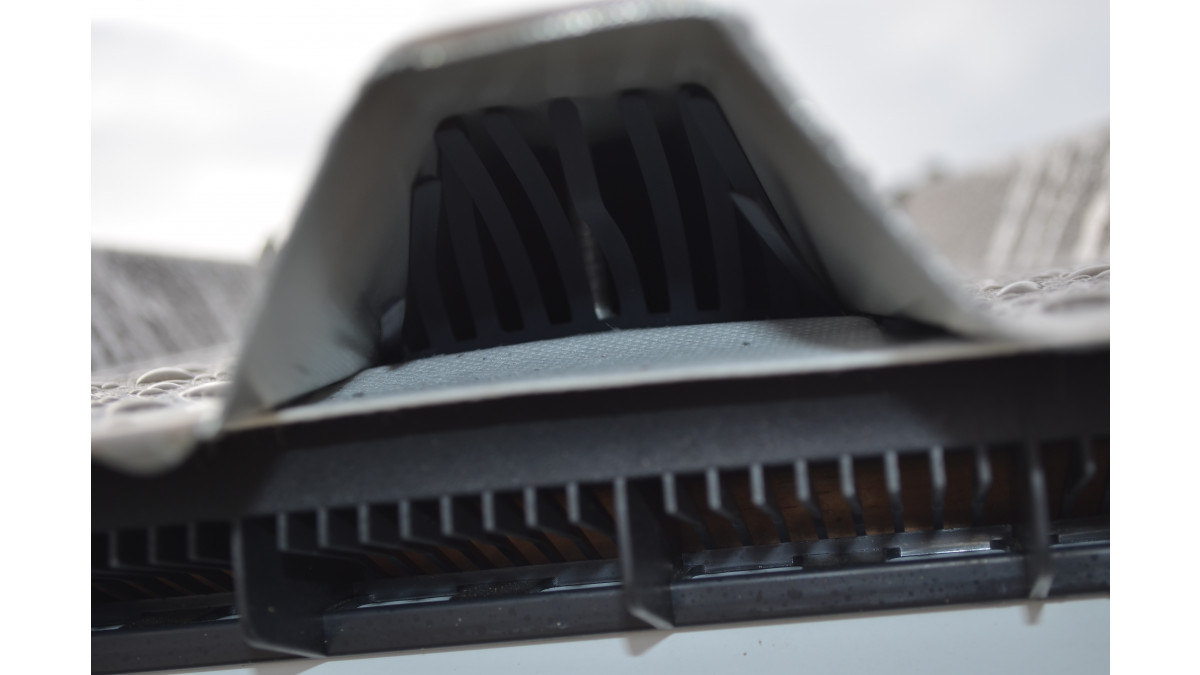


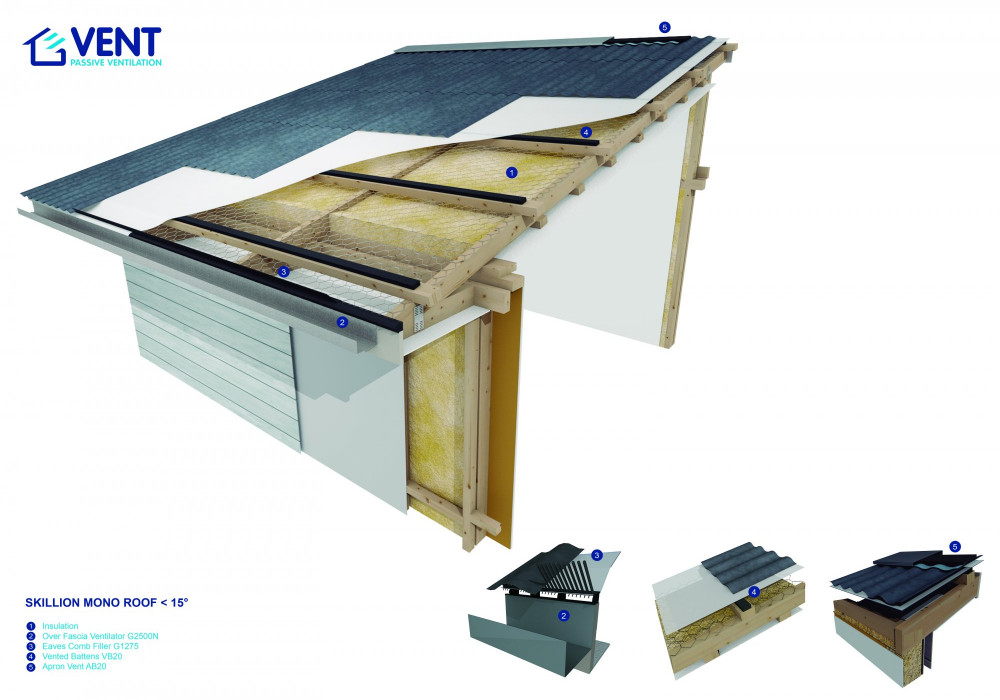
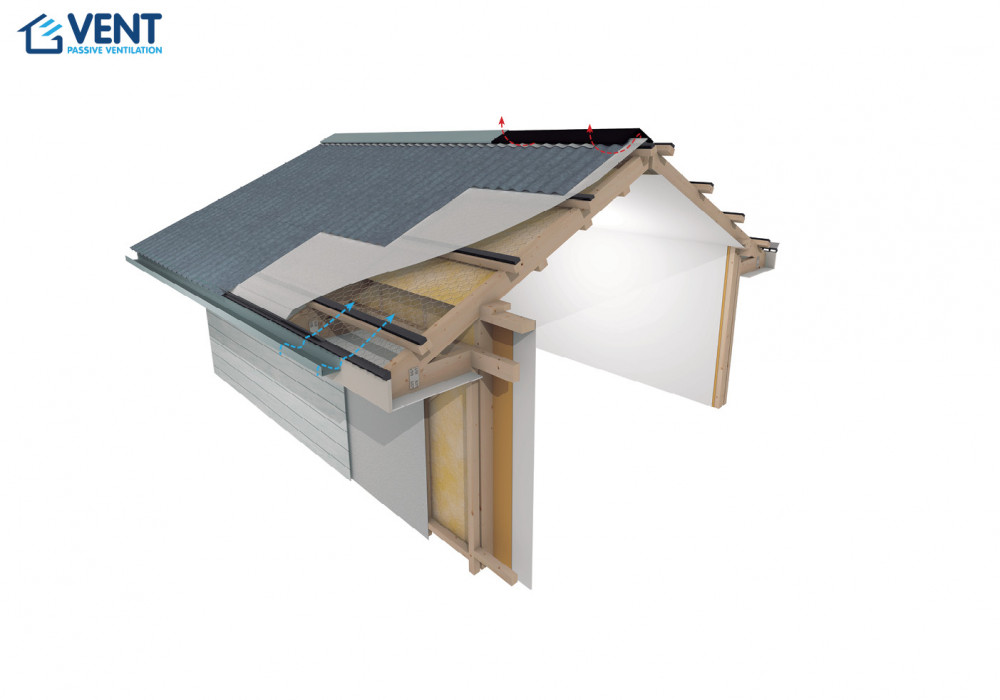

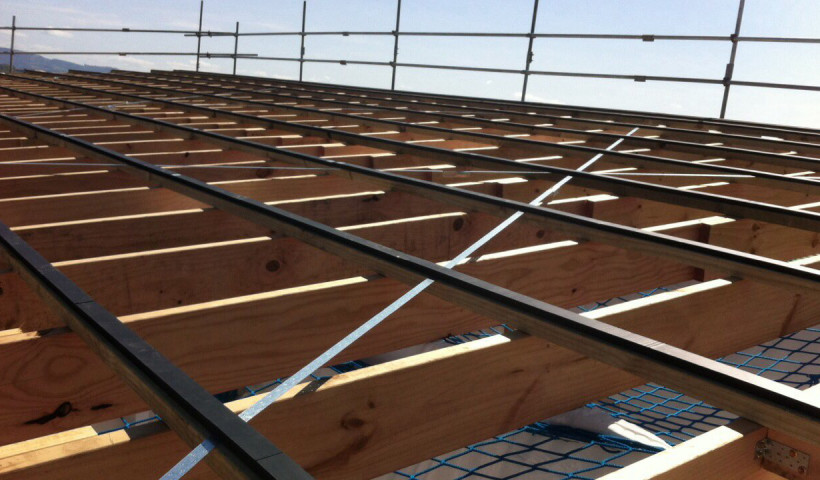
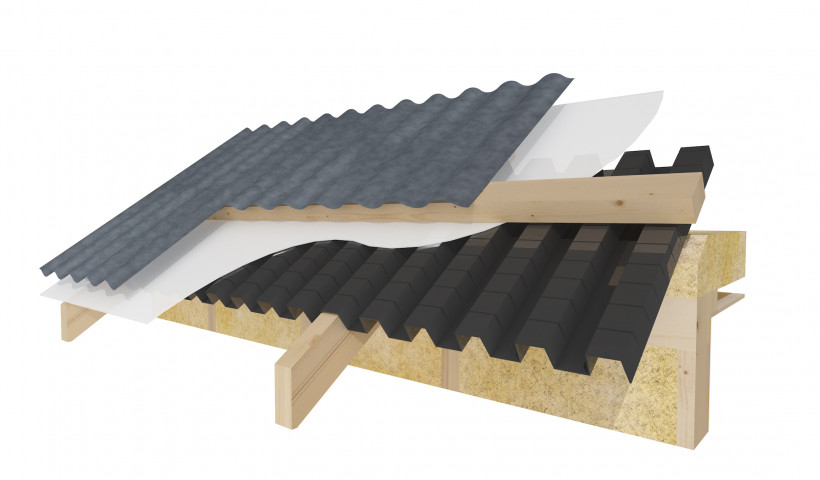
 Popular Products from VENT
Popular Products from VENT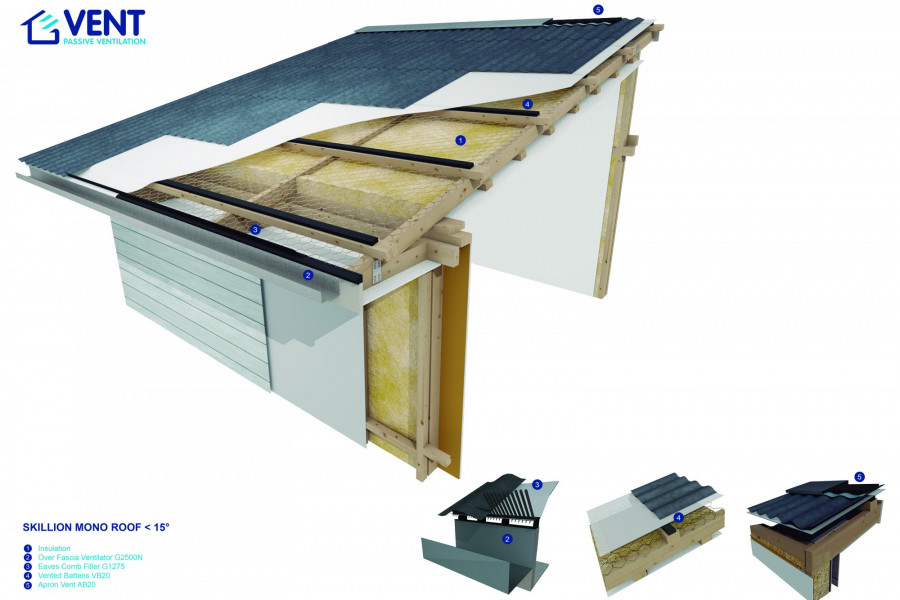


 Most Popular
Most Popular


 Popular Blog Posts
Popular Blog Posts